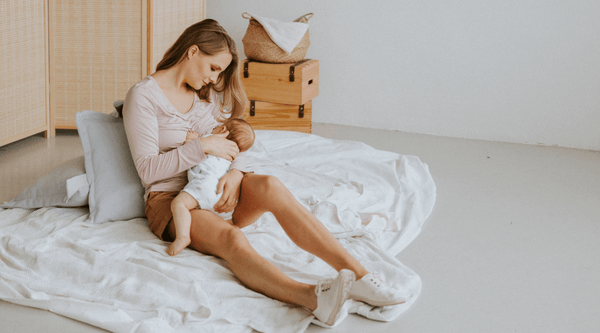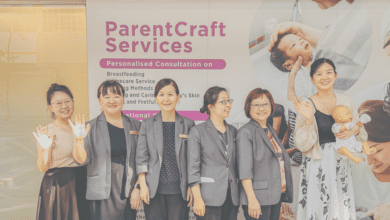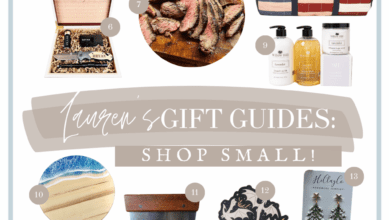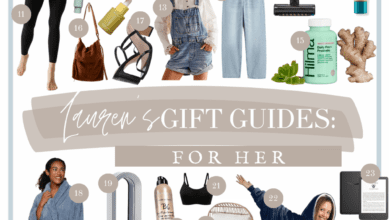Prevent Sore Nipples With These Helpful Tips

Breastfeeding mothers often complain of sore nipples. This is a common problem women face once they start nursing. It can also be very painful and uncomfortable. But with some easy-to-follow tips, you can avoid this problem and enjoy your breastfeeding journey.
What to expect when you start breastfeeding?
Mummies, remember that it’s normal for new mums to face breastfeeding challenges in the beginning. However, with a little patience and help, you can easily overcome these challenges and continue breastfeeding your child.
Mummy Rachel takes care of her little one Chloe Dream Love Organic Bra.
To overcome any breastfeeding-related problems, knowing what to expect can help. This is especially true for first-time mothers.
The most common problems in the early stages of breastfeeding include:
- Delay in milk entry
- Tenderness on the nipples
- Connection problems
- Unable to find a comfortable position for nursing
- Oversupply of milk resulting in leaking breasts
If you are facing any of the above problems, know that you are not alone. Get help by talking to your doctor or a lactation consultant who can guide you.
How to prevent sore nipples?
Now, to the main question about preventing sore nipples. You can follow these tips to prevent and heal sore nipples when you start breastfeeding.
1. Work well with your baby
If the baby is not latched on properly, you will be uncomfortable when the baby is nursing. When the baby is not latched properly, the baby will only have the nipple in his mouth and his gums will be pressed around the nipple. This can be uncomfortable and can result in sore or even bleeding nipples.


With a proper latch, your baby will have the nipple and the surrounding areola in his mouth. If you can’t get the perfect latch, talk to your doctor or a lactation consultant. You can also get advice from fellow breastfeeding mummies. Experiment with different nursing positions to find one in which both you and the baby are comfortable. You can also change breastfeeding positions so that only one side of your breast doesn’t get all the pressure from the baby’s feeding.
2. Take care of your breasts
In the initial stage of breastfeeding, until the milk supply is established, some mothers may have excess milk in their breasts. It can cause enlarged breasts which usually means that your breasts are swollen and hard to touch. When the baby tries to latch on to sore breasts, he may simply suck on the nipple resulting in improper latching.
If you have enlarged breasts, remove some milk by squeezing it with your hands. Once the areola has softened, attach the baby so that he can bring the areola to his mouth and scrutinize it. If you feed the baby every 2-3 hours, it is more likely that you will not face the problem of growing breasts.
3. Gently remove the baby from your breasts
If your baby comes off the breast after a feed, that’s great. But many babies fall asleep while they feed, the nipple still in their mouth. Pulling the nipple out of their mouth too hard can cause chafing of the soft skin around the nipples leading to sore nipples.


Instead, gently remove your nipple from the baby’s mouth. You can slide your little finger inside the baby’s mouth to gently create enough space to remove your nipple without scratching the baby’s gums.
4. Keep the nipples and surrounding area clean and dry
Frequent breastfeeding sessions can make your nipples and the area around them wet. It can cause infections and rashes that lead to sore nipples. So, keeping the place clean is important.
Simply washing your breasts with water and mild soap when you shower is usually enough to keep them clean. Dry them well with the help of a soft towel. Between feeds, you can use soft cotton napkins or wipes to keep the breasts clean and dry.
5. Choose a good breastfeeding pad with the right nursing bra
Your bra also influences the health of your nipples and breasts. Wearing comfortable, breathable nursing bra which is made from soft fabric can be beneficial in taking care of your breasts.
You can also opt for washable nursing breast pads. These soft pads should be placed between the breasts and the bra so that they cover the nipples and the surrounding area. The soft fabric is gentle against the nipples and reduces any friction between the nipples and the bra. It also keeps the skin dry by absorbing the milk that sometimes leaks from the breasts.
Being washable, these breast pads can be reused many times. They offer a very clean and comfortable way to care for your breasts and keep them away from rashes and infections.
6. Take care of your nipples if they are cracked and cracked
As mentioned above, clean your breasts with water and mild soap. Avoid harsh soaps as they can dry out the skin and cause skin irritation.
Sometimes, nipples crack and crack due to constant wetness. If this happens, contact your doctor to get a prescription for safe nipple cream.
Change the breast pad regularly. Also, change your nursing bra because the bra also gets sweat and milk. Wash nursing bras and reusable breast pads in a mild detergent and dry them thoroughly before storing or using them again.


Breastfeeding is a wonderful journey. Using the above tips used by mothers, you can avoid problems related to sore nipples. Remember to have fun and ask for help from fellow breastfeeding moms, your doctor, or a lactation consultant. You got it, mommy!
Are you enjoying this post?
Feel free to share this with any mom. Join the community of moms today and receive weekly motherhood tips and tricks straight to your inbox. We’ll occasionally send you updates on new launches and exclusive events, and you’ll always be the first to know.
Shop Lovemère Collection now.





